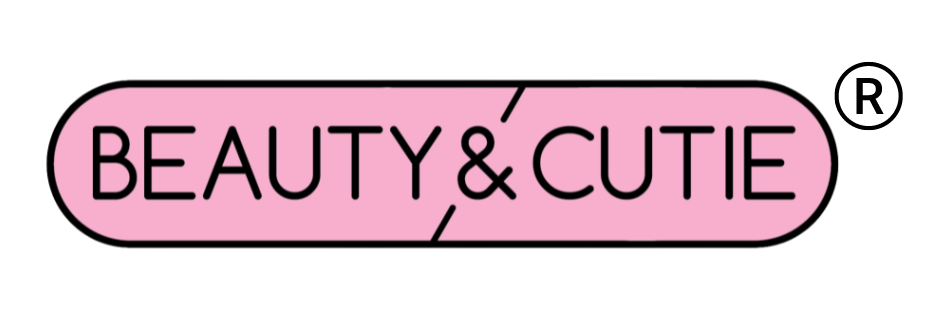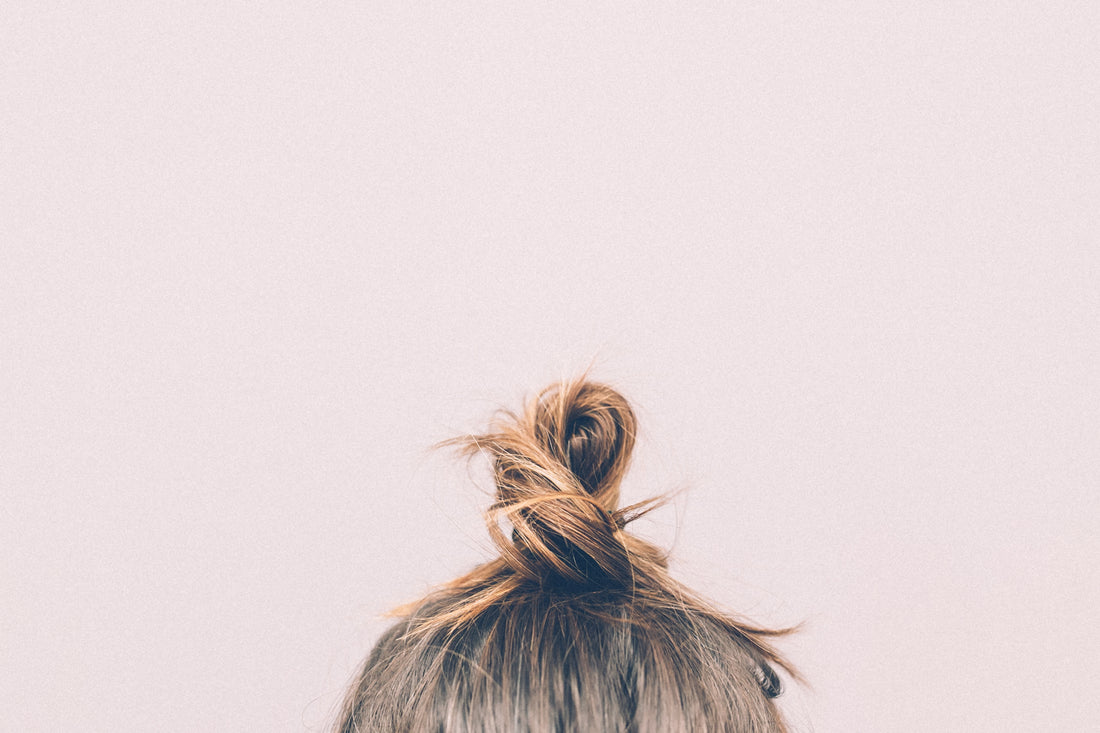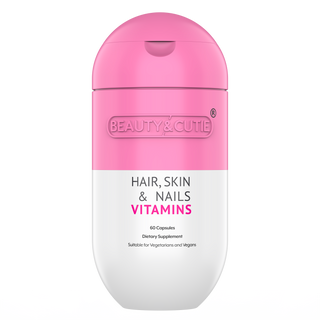Alopecia areata can be a distressing condition, causing hair loss in patches on the scalp or other areas of the body. If you're suffering from this right now, chances are you're looking for relief. You may stop the spread of alopecia areata and start styling your hair as normal by following the advice in this article. Whether you're a man or woman, these expert suggestions will provide you with the knowledge and tools to tackle alopecia areata head-on.
What Is Alopecia Areata?
Patches of hair loss on the scalp or elsewhere on the body are a symptom of alopecia areata, an autoimmune disorder. Hair follicles are attacked by the immune system in error, resulting in alopecia. Alopecia areata's exact origin is unknown, however it is thought to stem from interactions between genes, the environment, and the immune system. Both sexes are vulnerable to this problem, and it can cause significant mental anguish if left untreated.
How To Stop Alopecia Areata From Spreading
- Consult a Dermatologist: The first step in managing alopecia areata is to consult a dermatologist who specializes in hair loss. They can diagnose the condition and provide personalized treatment options tailored to your specific needs.
- Treat Underlying Medical Conditions: Address any underlying medical conditions that may be contributing to alopecia areata. Conditions such as psoriasis, thyroid disorders, or vitiligo can be associated with this condition and should be properly managed.
- Reduce Stress Levels: Stress is known to exacerbate autoimmune conditions, including alopecia areata. Incorporate stress management techniques into your daily routine, such as meditation, exercise, or therapy, to help reduce stress levels and potentially prevent the spread of alopecia areata.
- Avoid Triggering Factors: Identify and avoid any triggers that may worsen the condition or lead to flare-ups. Common triggers include certain hair products, excessive heat styling, tight hairstyles, and harsh chemical treatments. Opt for gentle hair care practices and products that are specifically designed for sensitive scalps.
- Maintain a Healthy Diet: Promoting hair health and halting additional loss requires a diet rich in vitamins, minerals, and antioxidants. To nourish your hair with ample nutrition, incorporating a variety of fruits, vegetables, lean proteins, and healthy fats into your diet is highly beneficial.
- Consider Topical Treatments: Corticosteroid creams or ointments are effective topical treatments that can be applied locally to the scalp to reduce inflammation and stimulate hair regrowth. Consult a dermatologist to determine which over-the-counter topical medication would work best in your situation.
- Explore Alternative Therapies: Some people have found success in managing alopecia areata through alternative therapies such as acupuncture, herbal supplements, or essential oils. Although further study is needed to determine the efficacy of these treatments, they may be worth looking into if you're curious.
- Be Patient: Managing alopecia areata takes time and patience. It's important to remember that what works for one person may not work for another, and regrowth may not occur overnight. Stick to your treatment plan, be consistent, and give it time to see results.
What Are The Causes Of Alopecia Areata
Alopecia areata is a perplexing condition characterized by the loss of hair, usually in patchy patterns, either on the scalp or other body areas. Although the root cause of this illness is unknown, doctors suspect an autoimmune component. The immune cells in the system mistakenly assault hair follicles, causing hair loss.
Alopecia areata may be caused by a combination of genetic, environmental, and hormonal causes. One potential cause is genetics, as the condition tends to run in families. Individuals with a family history of alopecia areata are more likely to develop the condition themselves.
Another possible cause is an abnormality in the immune system. In individuals with alopecia areata, the immune system mistakenly targets hair follicles as foreign invaders, leading to inflammation and subsequent hair loss. What triggers this autoimmune response is still not clear, but it is thought to be a combination of genetic and environmental factors.
Stress is also believed to play a role in the development of alopecia areata. Emotional or physical stress can potentially trigger or worsen the condition in certain individuals. Additionally, other autoimmune diseases, such as thyroid disorders or vitiligo, seem to be associated with a higher risk of developing alopecia areata.
Recognizing Signs And Symptoms Of Alopecia Areata
Recognizing the signs and symptoms of alopecia areata is crucial for early detection and treatment. Here are some key indicators to look out for:
- Patchy Hair Loss: The most common symptom of alopecia areata is the sudden onset of patchy hair loss. These patches are typically round or oval in shape and can occur on the scalp, eyebrows, eyelashes, beard, or other areas of the body. The affected areas may be smooth or have a slightly different texture compared to the surrounding hair.
- Spontaneous Hair Loss: Unlike other types of hair loss, alopecia areata often causes hair to fall out in small, discrete patches rather than thinning all over the scalp. This hair loss can occur rapidly within a few days or weeks.
- Regrowth in Cycles: In some cases, hair may regrow on its own within a few months, even without treatment. However, regrowth can be unpredictable and may occur in cycles, with periods of hair loss followed by periods of regrowth.
- Exclamation Mark Hairs: Another characteristic feature of alopecia areata is the presence of "exclamation mark" hairs. These are short, broken hairs that taper at the base, resembling an exclamation mark. They are often found at the edges of the bald patches.
- Nail Abnormalities: In some individuals with alopecia areata, nail abnormalities may be present. This can include pitting (small dents), ridges,white spots, or rough texture on the nails. These changes in the nails can be a clue that alopecia areata is present.
Treatment Options For Alopecia Areata
While there is currently no cure for alopecia areata, there are treatment options available that can help manage the condition and promote hair regrowth. Some common treatments include:
- Topical Corticosteroids: These medications are applied directly to the affected areas of the scalp or body to reduce inflammation and stimulate hair growth.
- Intralesional Corticosteroid Injections: In some cases, corticosteroids may be injected directly into the bald patches to help stimulate hair regrowth.
- Topical Immunotherapy: This treatment involves applying a chemical solution to the scalp to induce an allergic reaction. The reaction triggers the immune system to fight against the autoimmune response that is causing hair loss.
- Minoxidil: This over-the-counter medication is commonly used to treat androgenetic alopecia (pattern baldness), but it may also be effective for some individuals with alopecia areata. Make sure to do your research as Minoxidil might cause side effects.
- Hair Transplantation: For individuals with more extensive hair loss, hair transplantation may be an option. This involves taking hair follicles from one area of the body (usually the back of the scalp) and transplanting themto the bald patches.
Lifestyle Changes To Help Manage Alopecia Areata
In addition to these treatment choices, there are also several lifestyle adjustments and self-care practices that can aid in managing alopecia areata and fostering hair regrowth. These include:
- Stress Management: Stress can trigger or worsen hair loss in individuals with alopecia areata. Reduce the negative effects of stress on your hair health by learning and practicing stress-management practices like exercise, meditation, or counseling.
- Scalp Massage: Massaging the scalp can help improve blood circulation and stimulate hair follicles. Use gentle circular motions and consider using essential oils, such as coconut oil, lavender or rosemary, to enhance the massage.
- Healthy Diet: Eating a balanced diet rich in vitamins, minerals, and proteins is essential for promoting hair growth. Include foods like fruits, vegetables, lean proteins, and whole grains in your diet to support overall hair health.
- Avoiding Harsh Hair Treatments: Certain hair treatments, such as chemical relaxers, perms, and excessive heat styling, can damage hair follicles and contribute to hair loss. Opt for gentle and natural hair care products, and avoid harsh treatments that can further weaken your hair.
- Protecting the Scalp: Protecting the scalp from harsh weather conditions, like extreme sun exposure or cold temperatures, can help prevent further damage to hair follicles. Wear a hat or use sunscreen on your scalp when spending time outdoors, and consider using a scarf or hat in cold weather.
- Avoiding Tight Hairstyles: Tight hairstyles, such as ponytails, braids, and buns, can put excessive tension on the hair follicles and contribute to hair loss. Opt for looser hairstyles that don't pull on the hair too tightly.
- Being Gentle with Hair: Avoid excessive brushing, combing, or rubbing of the hair, as this can lead to breakage and further hair loss. Use a wide-toothed comb or a brush with soft bristles, and be gentle when styling or drying your hair.
- Using Gentle Hair Care Products: Pick mild, nourishing products to take care of your hair. Look for sulfate-free and paraben-free shampoos and conditioners, as well as those formulated for sensitive scalps or hair loss.
Conclusion
Alopecia areata management is enhanced when the physical and psychological aspects of hair loss are considered together. Stimulating hair development and preventing additional damage to hair follicles can be achieved through the use of stress-reduction strategies, scalp massage, a nutritious diet, and gentle hair care methods. Remember to shield your scalp from harsh weather conditions and avoid tightly styled hairstyles that can strain your hair. Additionally, exercise caution when selecting hair care products and opt for gentle options specifically designed for sensitive scalps and hair loss. By implementing these tips, you can regain control over your hair health and embark on a journey towards regrowth with confidence.
Final Thoughts
Discover the ultimate beauty solution with Beauty and Cutie. Our expertise lies in creating top-notch vitamins for your hair, skin, and nails. Achieve luscious, voluminous hair and a radiant complexion by joining countless Americans who have embraced wellness and beauty with Beauty and Cutie.
Sources
- https://www.healthline.com/health/alopecia-treatment
- https://my.clevelandclinic.org/health/diseases/12423-alopecia-areata
- https://www.aad.org/public/diseases/hair-loss/types/alopecia/causes
- https://www.naaf.org/available-treatments-2/
- https://my.clevelandclinic.org/health/treatments/21519-hair-transplant
- https://www.ncbi.nlm.nih.gov/pmc/articles/PMC9219404/
*These statements have not been evaluated by the Food and Drug Administration. This product is not intended to diagnose, treat, cure or prevent any diseases.


